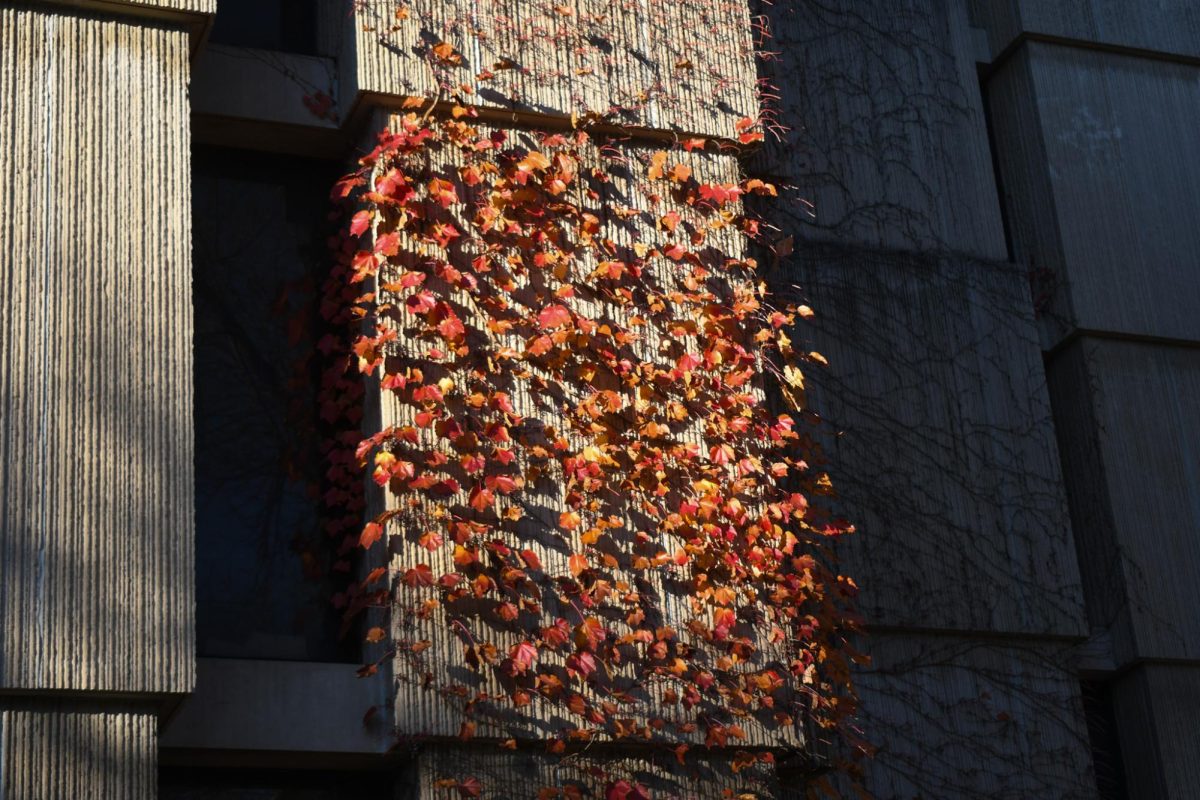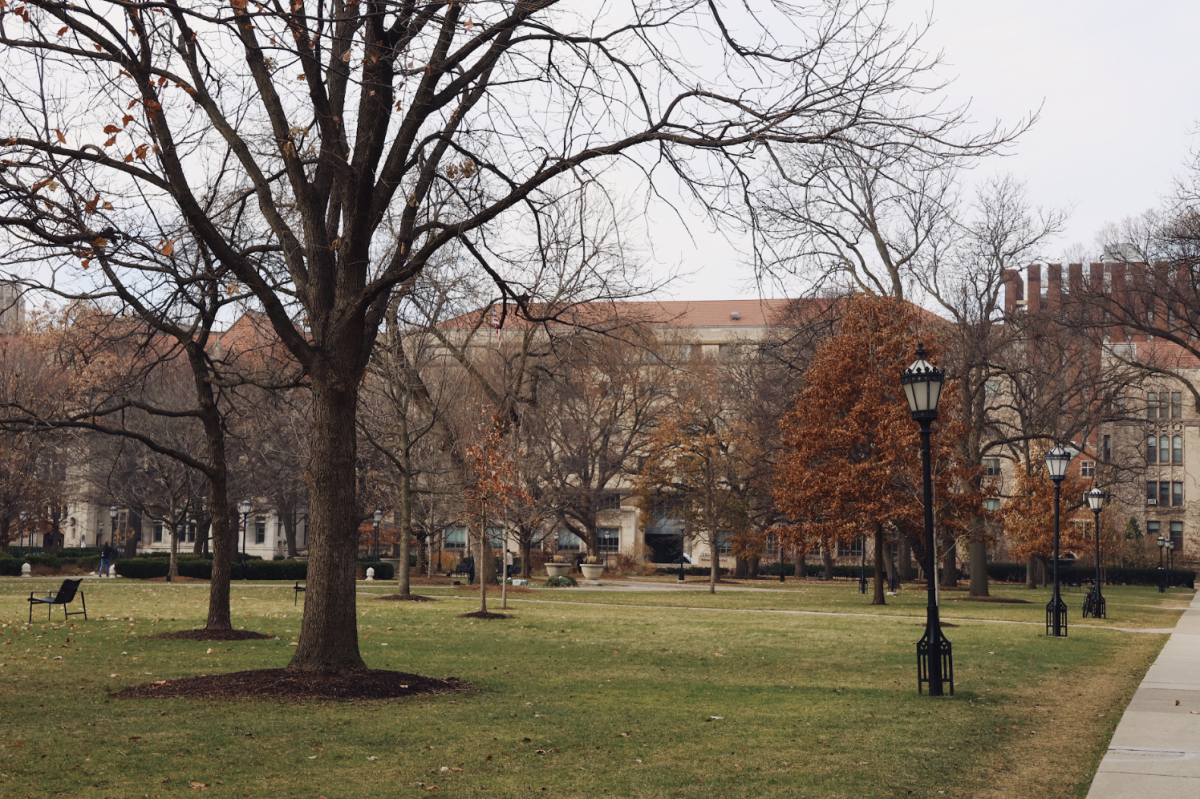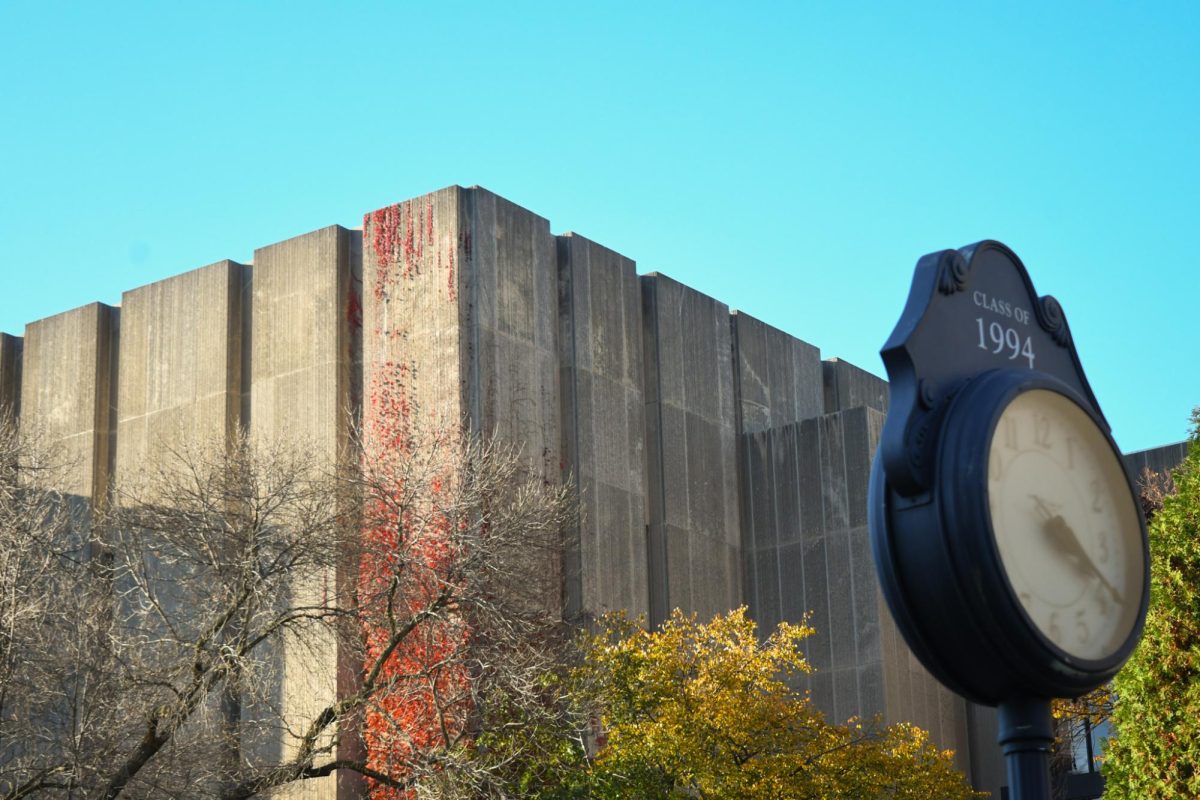The El tracks that cross 63rd Street, overlooking the empty lots that extend the length of East Woodlawn, are scant living proof of the vibrant commercial life that thrived in the Woodlawn community over 40 years ago.
Hot jazz clubs and swank shopping venues once attracted residents from all over the city to the retail strip, where generally vacant terrain now remains. A Currency Exchange and the moderately successful restaurants Tre?s and Daley?s are vivid contrasts to the empty space around them. This need not be so.
Efforts to revitalize East Woodlawn over the past decade have unequivocally focused on residential development. Columbia Pointe, a cluster of 140 single family homes priced on average at about $200,000, and Grove Parc, an apartment complex largely occupied by subsidized voucher holders, have contributed to community activists? stated goal of creating more mixed-income housing in the area. Residential expansion has provided Woodlawn with more connections to its northern neighbor, enticing more professors and students to establish roots south of the Midway.
University administrators and Woodlawn residents should each acknowledge the positive effects of this growing relationship. The University is a major employer of community members at its hospitals and other University facilities. Moreover, the Neighborhood Schools Program sends a throng of students to local schools every year, while the School of Social Service Administration oversees a number of projects in the neighborhood
Tension between the University and groups like The Woodlawn Organization has all but dissipated from what it was in the 1960s. Today some activists complain that the University now dictates the path of Woodlawn?s growth through its attention to community affairs and its active involvement in neighborhood development groups.
Yet current residents of Woodlawn and the University have much to gain by working together to promote development along 63rd Street east of Cottage Grove. A commercial renaissance of 63rd Street is possible, with enough vision and commitment, both from developers like Bishop Arthur Brazier and Rev. Leon Finney as well as University administrators. The demand for it is certainly visible in Woodlawn.
?Many elderly people can?t walk all the way to Cottage Grove or to King Drive to get groceries,? remarked Odessa Qualls, a resident since the 1940s. ?I asked the alderman?s office about a grocery store on 63rd Street and they said one would be coming. So far there hasn?t been one, and I didn?t want to go in and bother them again.?
If there is one lesson to be learned from the urban development of the last 20 years, it?s that residential development must be complemented by retail growth. Developers must learn two obvious and related lessons: everyone shops, and businesses need a steady stream of customers to be successful.
However, talk of commercial development along 63rd Street has been limited to muted gossip. A commitment to finding attractive commercial venues is within grasp of community leaders like Finney, who owns Tre?s and many residential units and who closely attends to the interests of the community in which he preaches. Also, the University should use the good sense behind its support for recent commercial successes, like Lucky Strike, to help create services and products that are actually in demand.
Though the University does not have as strong an influence in Woodlawn as it does in Hyde Park as the neighborhood?s largest property owner it will have an increasing presence in the community and thus a growing say in its development. Administrators, as well as the faculty and students who are moving south of the Midway in greater numbers, should press for the kind of development that will not just benefit themselves but serve the greater interests of Woodlawn residents.









